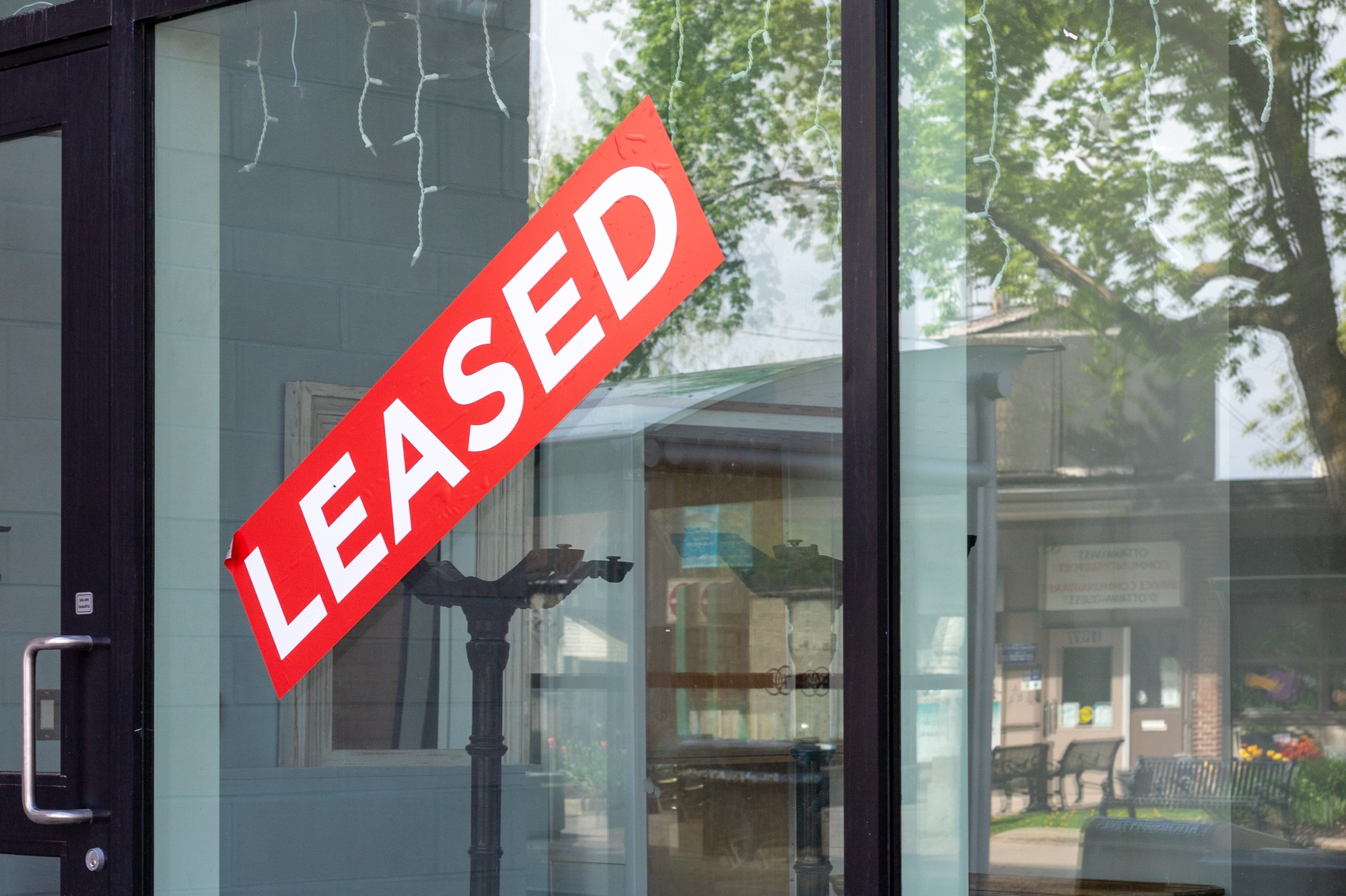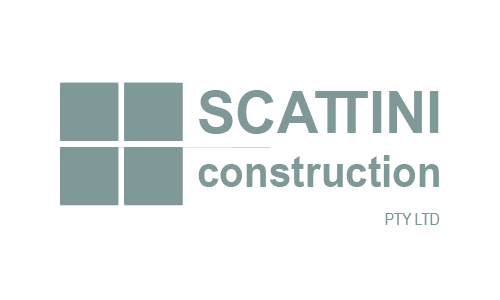nu .

A Guide to Selling Commercial Property in Australia
Selling commercial property in Australia requires a blend of market insight, timing, professional presentation, and a solid marketing strategy. Whether you’re selling an office space, a retail property, or an industrial site, this guide walks you through the entire process—step by step. From preparing the asset for sale to choosing the right method of sale and using high-impact visuals to attract buyers, we cover everything you need to know to maximise the value of your commercial property.
1. Understand Your Asset and Its Market Position
Every commercial property is different. Start by understanding what kind of asset you’re selling and who the most likely buyers will be.
Key Considerations:
Type of Property: Retail, office, warehouse, development site, or mixed-use
Location Appeal: Access to transport, infrastructure, workforce, and customer base
Zoning and Usage: Council zoning regulations can greatly impact your potential buyer pool
Occupancy Status: Tenanted properties may appeal to investors, while vacant buildings suit owner-occupiers or developers
Knowing these details helps you craft a marketing message that resonates with your target audience.
2. Set Realistic Expectations Around Price
Accurate pricing is critical to attracting genuine buyer interest. Overpriced properties can sit stagnant, while underpriced properties risk leaving value on the table.
How to Determine Value:
Work with a commercial property agent to assess comparable sales
Consider recent leases signed in the area
Engage a valuer for an independent appraisal
Factor in current market demand, especially in high-growth industrial corridors or tightening urban precincts
3. Choose the Right Sales Method
The method of sale can significantly influence your result. The most common options in Australia include:
Private Treaty: A fixed asking price is set, and buyers make offers. This allows more control over negotiations.
Expressions of Interest (EOI): Buyers submit confidential offers by a deadline. Ideal for high-value or complex assets.
Auction: Creates urgency and competition. Best for high-demand locations or properties with wide appeal.
Off-Market: A discreet option that targets a select group of buyers. Useful for sensitive or high-profile properties.
Work with your agent to assess what will deliver the best result for your specific asset and market conditions.
4. Present the Property Professionally
Presentation is everything in commercial property sales. This goes beyond cleaning the windows—buyers need to visualise the opportunity and potential of the site.
Essentials for Presentation:
3D Renders (for developments or extensions)
Drone Photography
Aerial 3D Composites to show surrounding infrastructure
Professional Floorplans & Site Maps
Detailed IM (Information Memorandum)
Signage and Branding that builds interest from passing traffic
If your property is tenanted, showcase the quality of the tenant and lease terms. If vacant, consider light styling or layout diagrams that demonstrate its use potential.
5. Create a Strong Marketing Campaign
Once your property is ready for market, you’ll need to generate visibility and buyer interest through a multi-channel marketing approach.
Your Marketing Should Include:
Listings on major commercial portals (RealCommercial, Commercial Real Estate, Domain)
Email campaigns to known investors, developers, and agents
Targeted digital ads (especially LinkedIn or Google Ads)
Social media outreach (LinkedIn and Facebook are effective for commercial)
Direct mail to relevant local businesses or owner-occupiers
Print ads and signage (for specific regions or high-traffic sites)
Video walk-throughs or flyovers for added engagement
High-quality visuals—especially renders and aerial montages—are crucial for industrial land, commercial developments, and future builds. They allow buyers to understand the scale and scope of the offering at a glance.
6. Understand the Legal Requirements
When selling commercial property in Australia, legal requirements vary slightly by state, but some basics apply nationwide.
Be Prepared With:
A signed agency agreement
A vendor disclosure statement (in most states)
A Contract of Sale prepared by your solicitor
All lease documentation if the property is tenanted
Zoning certificates, surveys, building approvals
Having this information ready upfront reduces delays once a buyer is interested and can help the transaction move smoothly.
7. Attract the Right Buyers
Different buyer types are motivated by different things. Your marketing and messaging should be tailored accordingly.
Key Buyer Types:
Owner-Occupiers: Typically local businesses looking to secure their own premises. They value usability and location.
Investors: Looking for secure returns through tenancies and capital growth. They want strong leases and long-term value.
Developers: Seeking land or upgrade opportunities. They’re interested in zoning, design approvals, and future growth.
Institutional Buyers: Generally only applicable for large-scale or portfolio assets. Expect complex due diligence.
Your campaign should reflect who your ideal buyer is—and showcase what they care most about.
8. Be Strategic with Timing
Commercial markets can be seasonal, influenced by broader economic factors, lending environments, and even political cycles.
Best Times to Sell:
After the financial year (when buyers plan their investment strategies)
Pre-Christmas window (September–November)
Q1 of the year (January–March), especially for development land
However, high-demand properties in growth areas (like Perth, Moreton Bay, or Western Sydney) can sell strongly year-round, particularly with the right marketing strategy.
9. Negotiate Smartly
Negotiations in commercial property are nuanced. It’s not always about price—terms, settlement timing, leasebacks, or D&C offers can all be part of the deal.
Common Negotiation Points:
Price and settlement date
Deposit and due diligence timeframes
Lease terms if you’re selling with tenancy
Planning or development clauses
Land options (for estates with multiple lots)
Work closely with your agent to develop a strategy before negotiations begin. Know your walk-away point—and your ideal terms.
10. Close the Deal
Once a buyer is secured and terms agreed upon, your solicitor will handle the legal side of the sale. It’s still important to stay across every stage of the process, especially if things like finance approvals or zoning confirmations are involved.
Final Steps:
Exchange of contracts
Cooling-off period (varies by state)
Settlement—typically 30 to 90 days
Handover of all documents, keys, and access rights
After settlement, notify your accountant or financial adviser to manage tax implications and capital gains.
Bonus: Mistakes to Avoid
Here are some common pitfalls that can cost you time and money:
Poor presentation or lack of professional visuals
Overpricing the asset based on emotion
Selling without understanding zoning or development potential
Delayed communication during negotiations
Not tailoring the campaign to the right buyer group
Conclusion: Set Yourself Up for a Great Result
Selling commercial property in Australia is about more than just putting a sign out front. It’s a strategic process that, when done right, can unlock exceptional returns. With professional presentation, targeted marketing, and the right sale strategy, you’ll attract the right buyers and close on the best terms.
Whether you’re offloading a development lot, a city retail space, or a large industrial facility—getting expert help makes a real difference.
Need Help Selling Commercial Property?
At Commercial Property Marketing, we create high-quality visuals, 3D renders, and digital marketing campaigns that give your asset the attention it deserves.
Contact us today to learn how we can help you sell your commercial property faster—and smarter.
Get a free quote
Whether you’re selling land, securing approvals, or launching a campaign — we’ll help you visualise it clearly and move faster to market. Fill out the form below and we’ll send through a free tailored quote for your next commercial or industrial development.























